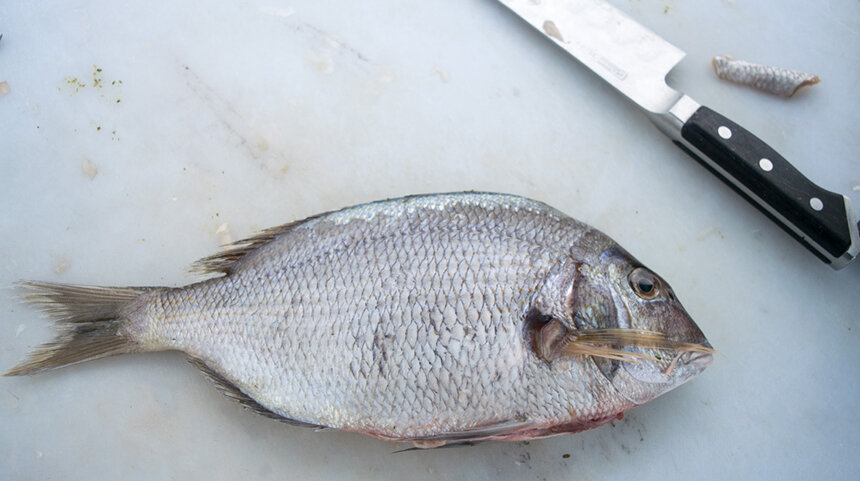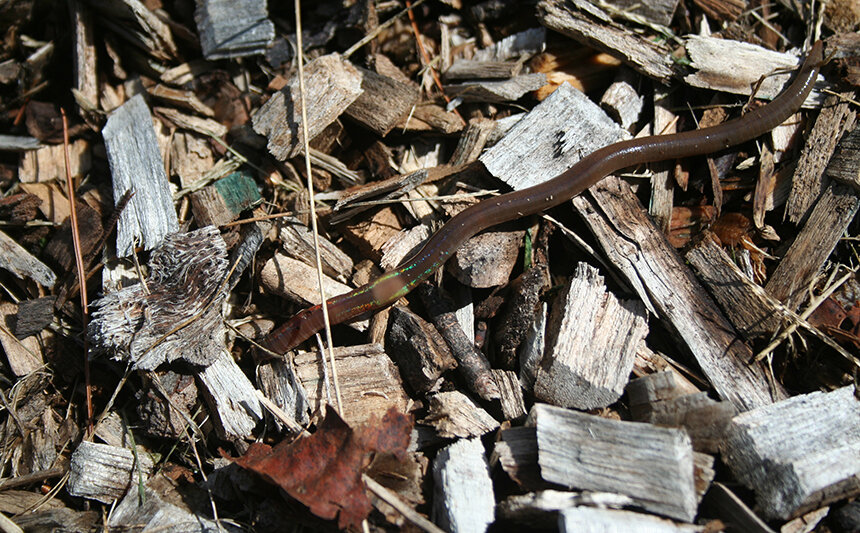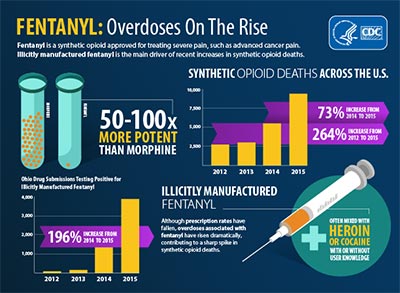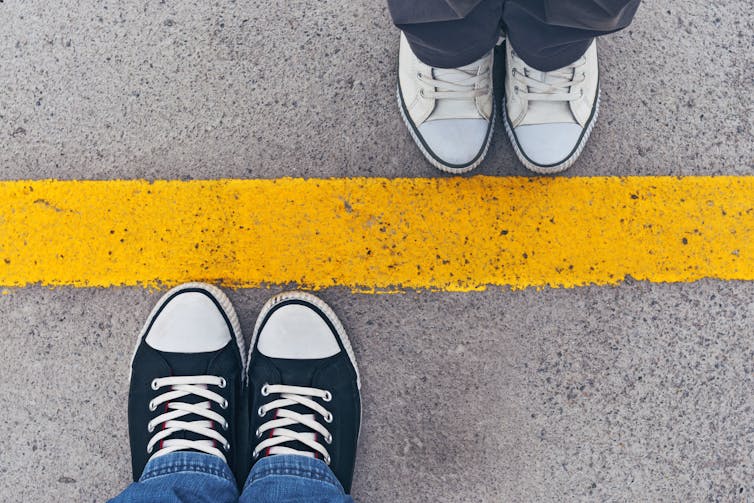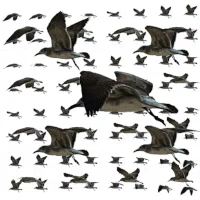By Eric Umansky for ProPublica
Try for a moment to imagine the world as it was a week ago. Before we knew that President Donald Trump put the squeeze on another country to investigate his political opponent, before we knew he wanted to involve the attorney general, or that aid may have been held up in the plotting.
 |
| For more cartoons by Mike Luckovich, CLICK HERE. |
Let’s review a few facts.
The president urged an investigation into Ukraine and Democrats back in 2017. He didn’t do it in a secret meeting. He tweeted.
Trump and his allies theorized that Ukrainians had engaged in a kind of bank shot: They suspected Ukrainians of plotting to help Hillary Clinton by manufacturing evidence against Trump’s former campaign manager Paul Manafort. (There’s no evidence to support that.)
Trump brought up the theory again this April, and he floated getting the Attorney General involved.
“This concept of Ukraine, they’ve been talking about it actually for a long time,” Trump told Fox News’ Sean Hannity. “I would certainly defer to the attorney general and we’ll see what he says about it.”


